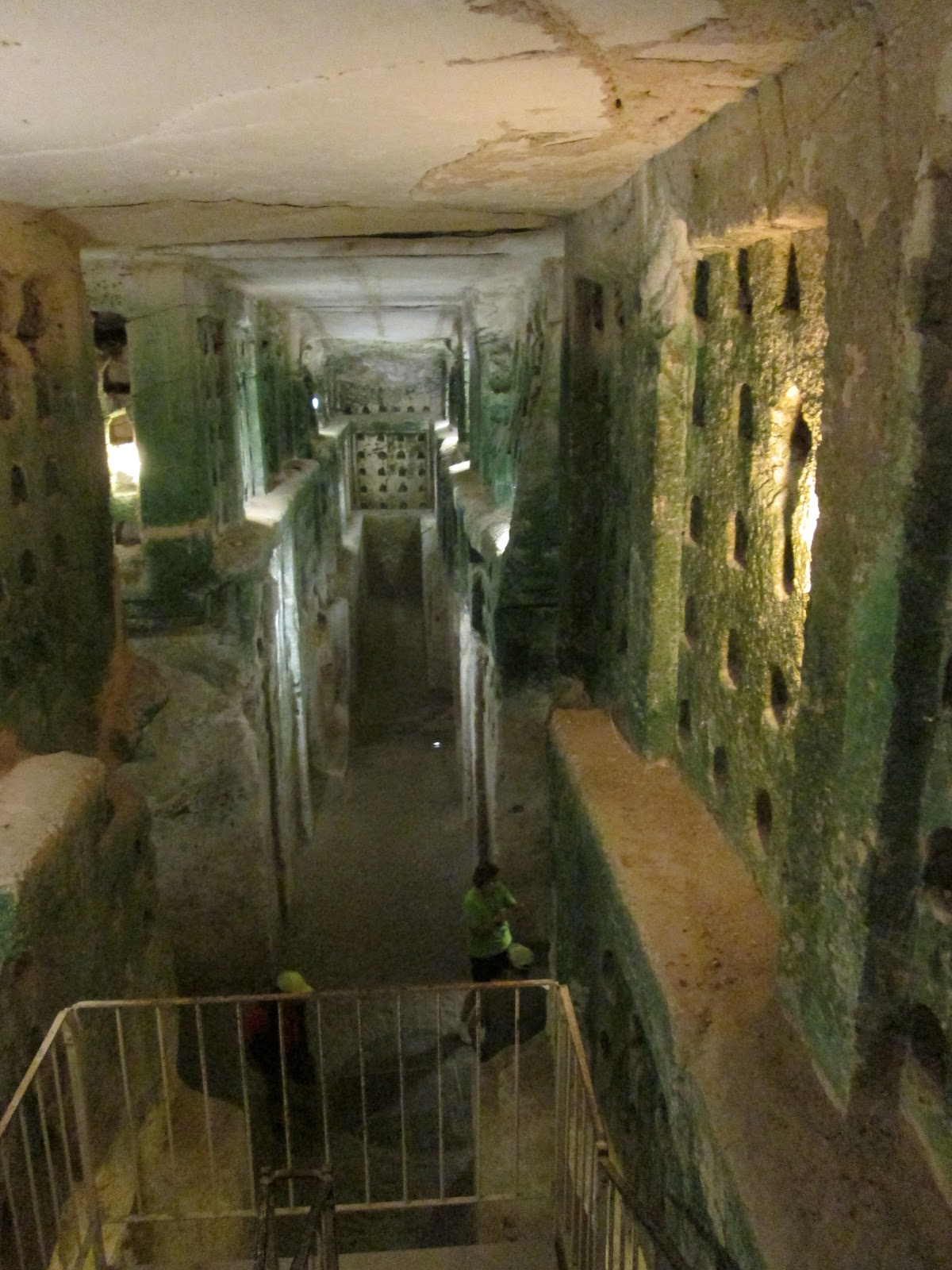While
Beit Guvrin and Maresha, towns not familiar to most people who study the Bible, knowing what happened in these towns will give clues to the formation of King Herod’s personality. In all probability King Herod the great was born and grew up in the region of these cities. Josephus contains a reference to this fact in the Antiquities of the Jews 14.13.9. The town of Maresha is very ancient, Joshua makes a note that this village was part of the inheritance of the tribe of Judah. (15:20, 44). Rehoboam fortified the city (2 Chronicles 11: 5-8) and later Nebuchadnezzar depopulated the region.
 |
| The Dove Farm at Beit Guvrin |
When the people of Judah were away in captivity to Babylon, Nabateans, then Edomites (Idumeans), and finally Greeks entered the land in the Guvrin valley. These new people adopted the vacated olive groves (which originally drew them to the land), and brought with them textile and dove breeding industries which prospered in the valley.
After the Maccabees came to power,
Beit Guvrin and Maresha became a target for their new Hebrew state, because it was in the former territory of Judah. In battle they defeated the people who lived in the valley and once captured, Maresha became a regional capital for the Jews, who forcibly converted its inhabitants to Judaism. One of the Idumean inhabitants, Antipater, posed a challenge to the new Jewish rulers.
 |
| The Dove industry was large when Herod was a boy |
Antipater was Herod’s father. History records he was a very rich, politically active, and seditious man who owned a great amount of property in Maresha (which is what the village was called at that time). He inherited these from his father, who carried the same name. Josephus wrote; ‘’Tis true, that Nicolaus of Damascus says, that Antipater was of the stock of the principal Jews who came out of Babylon into Judea. But that assertion of his was to gratify Herod, who was his son; and who, by certain revolutions of fortune, came afterward to be King of the Jews.” (Ant. 14.1.3)
 |
| The short stories in this book illustrate Herod's childhood |
In
my new book I develop a story about how the young boy Herod grew up in Maresha and received early training from his father in the textile and then the dove industry. He learned valuable lessons in leadership when his father placed in in management. The future king learned his cruelty by observing personality types while tending the doves his father owned. I share stories about how Herod’s childhood in Beit Guvrin and Maresha shaped events of the New Testament in my book,
Israel: Stories for Your Journey, available on
Amazon.com.







